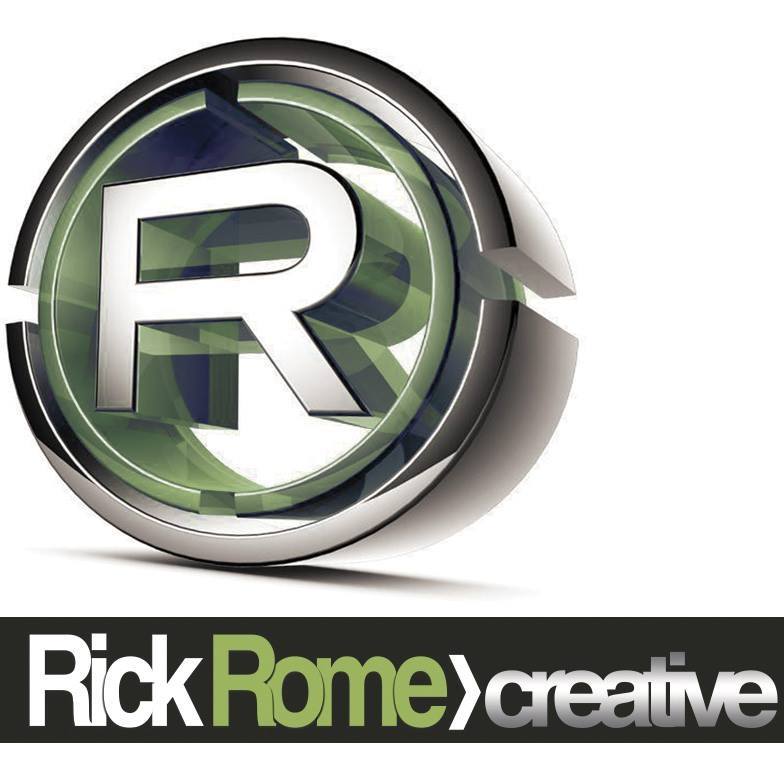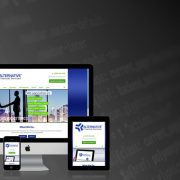Unlocking the Potential of Web Design and Digital Infrastructure
In the digital age, where online presence is synonymous with business success, the art of web design and the strength of your digital infrastructure have become paramount. Your website is often the first point of contact for potential customers, making its design a reflection of your brand’s identity. At the same time, the robustness of your digital infrastructure determines your ability to deliver a seamless user experience. In this blog, we embark on a journey through the ever-evolving landscape of web design and digital infrastructure. Join us as we delve into the latest trends, best practices, and innovative solutions that can catapult your online presence to new heights.
In a world where first impressions matter more than ever, your website’s design plays a pivotal role in capturing the attention and trust of your audience. From intuitive user interfaces to visually stunning layouts, effective web design is a blend of art and science. Beyond aesthetics, a well-designed website can significantly impact user engagement, conversion rates, and overall business success. Moreover, your website’s design is intimately tied to its underlying digital infrastructure—the machinery that powers its functionality and reliability. Together, they form the backbone of your online presence.
In this blog, we will explore the intricacies of web design, from responsive layouts that adapt seamlessly to all devices to user experience (UX) design principles that keep visitors engaged and coming back for more. We will also dive deep into the realm of digital infrastructure, dissecting the technologies and strategies that ensure your website is fast, secure, and reliable. Whether you’re a seasoned web designer, a business owner, or simply someone curious about the digital world, our goal is to provide you with insights, tips, and inspiration to elevate your web design and digital infrastructure game. Welcome to a world of endless possibilities in the realm of online excellence!



